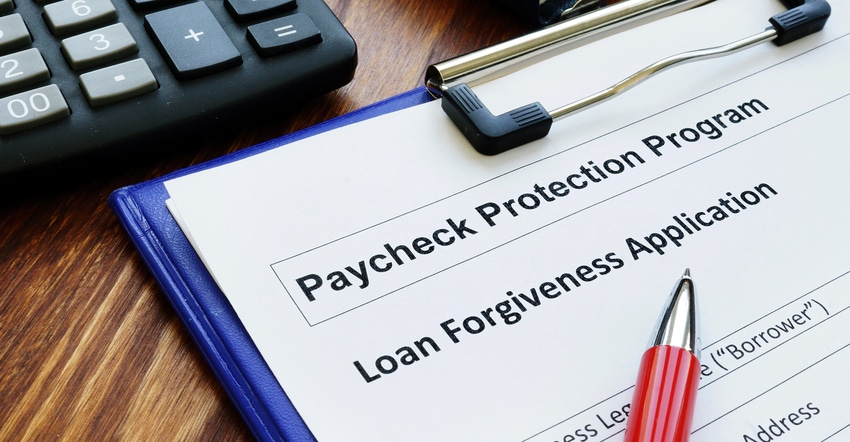June 30, 2020

The Small Business Administration and the Treasury Department have released a new EZ Paycheck Protection Program Loan Forgiveness Application, as required by the PPP Flexibility Act of 2020, for the SBA to create a more borrower-friendly application form.
According to SBA, the new three-page “3508EZ version” of the forgiveness application applies to borrowers who are self-employed and have no employees; or did not reduce the salaries or wages of their employees by more than 25%, and did not reduce the number of hours of their employees; or experienced reductions in business activity as a result of health directives related to COVID-19, and did not reduce the salaries or wages of their employees by more than 25%.
SBA and Treasury also announced a revised longer-form version of the full five-page PPP Loan Forgiveness Application Form for borrowers who aren’t eligible to use the EZ form.
Regardless of which form is used, borrowers will need to complete and submit these forms to their lender to determine the amount of the loan that is forgiven, says John Kran, Michigan Farm Bureau national legislative counsel.
“The obligation to complete and submit the forgiveness application form rests with the PPP borrower, not the lending institution,” Kran says. “If an application for loan forgiveness is not received, the entire PPP amount received by the participant will continue to be treated as a loan.”
Kran encourages farmers who were approved for PPP to review the forgiveness documents with their lender, accountant, tax preparer or financial adviser to ensure the participants qualify for loan forgiveness and that the proper application form is used.
For operations that haven’t been approved for PPP, Kran said there’s potentially some good news as well.
“The bipartisan Paycheck Protection for Producers Act, introduced last week in both the House and Senate, would help more farmers participate in the Paycheck Protection Program,” Kran says. “While PPP is providing vital assistance to farmers who were able to receive loans, significant changes are necessary to allow many others to fully participate in PPP.”
Under current SBA rules, Kran says, farmer participation in PPP was limited, since eligibility is based on 2019 net farm profits (or losses), which are reported on IRS form Schedule F. Based on 2017 IRS data, 37% of self-employed farmers would have not received a PPP loan because they reported net losses in the prior year.
“Program eligibility is based on returns filed for 2019, so the percentage of self-employed farmers receiving a zero-dollar loan could be even higher following devastating natural disasters and trade troubles that continue to weigh negatively on farm income and cash receipts,” Kran said.
The Paycheck Protection for Producers Act would allow farmers to use their 2019 Schedule F gross income (up to $100,000) when calculating their PPP loan, rather than their 2019 net income.
Kran adds the bill also would allow farmers who received a PPP loan using their 2019 net income to recalculate their loan award using 2019 gross income if it would result in a larger loan amount.
“Even as the economy gradually begins to reopen, farmers will continue to experience the economic fallout of market volatility and supply chain interruptions due to the impact of COVID-19,” Kran said.
Read more about:
Covid 19You May Also Like




